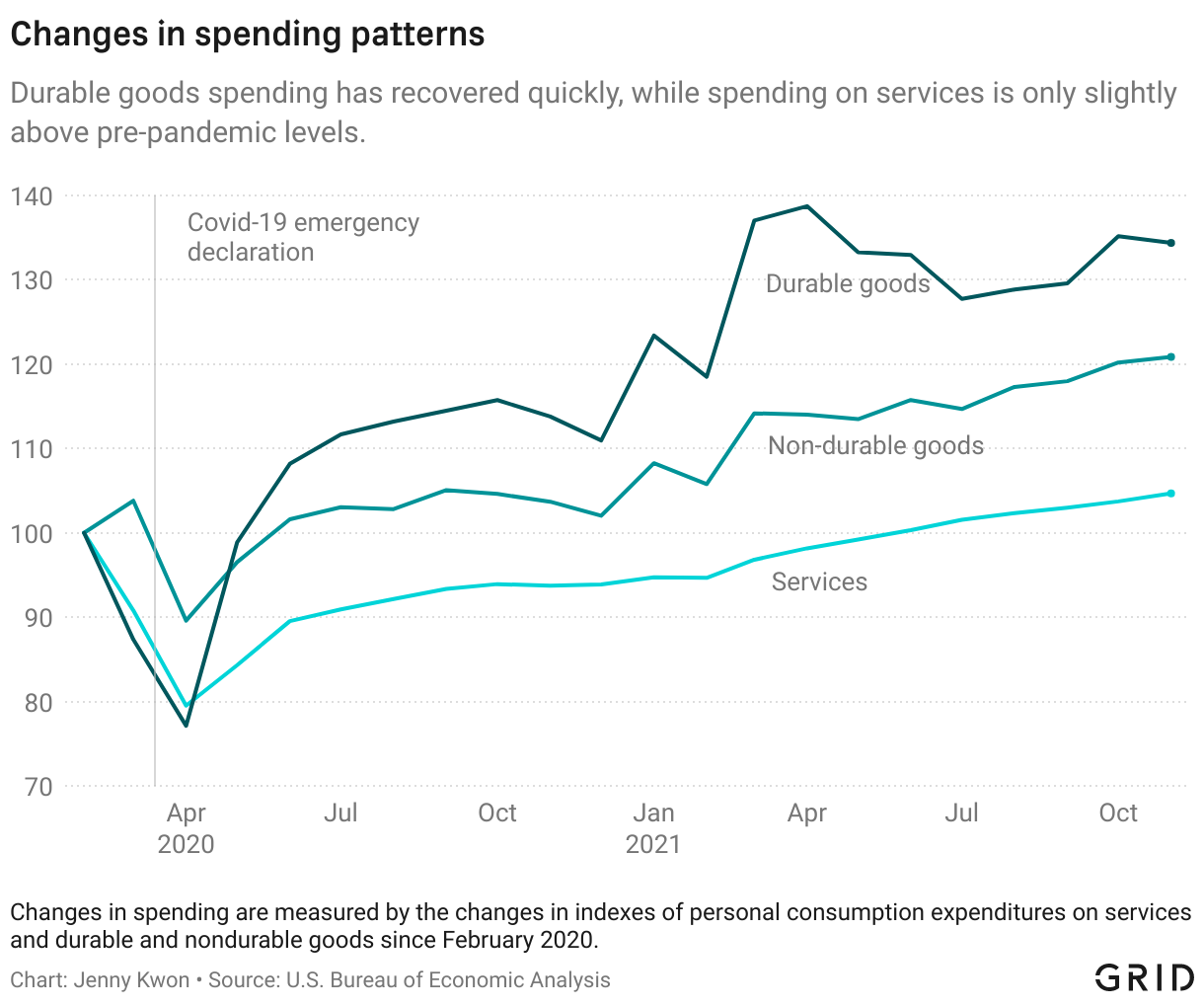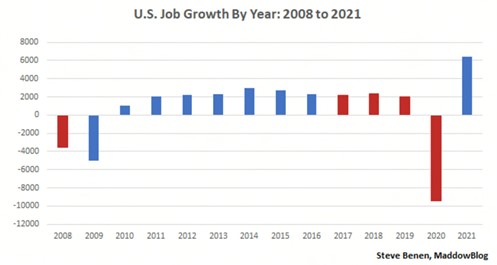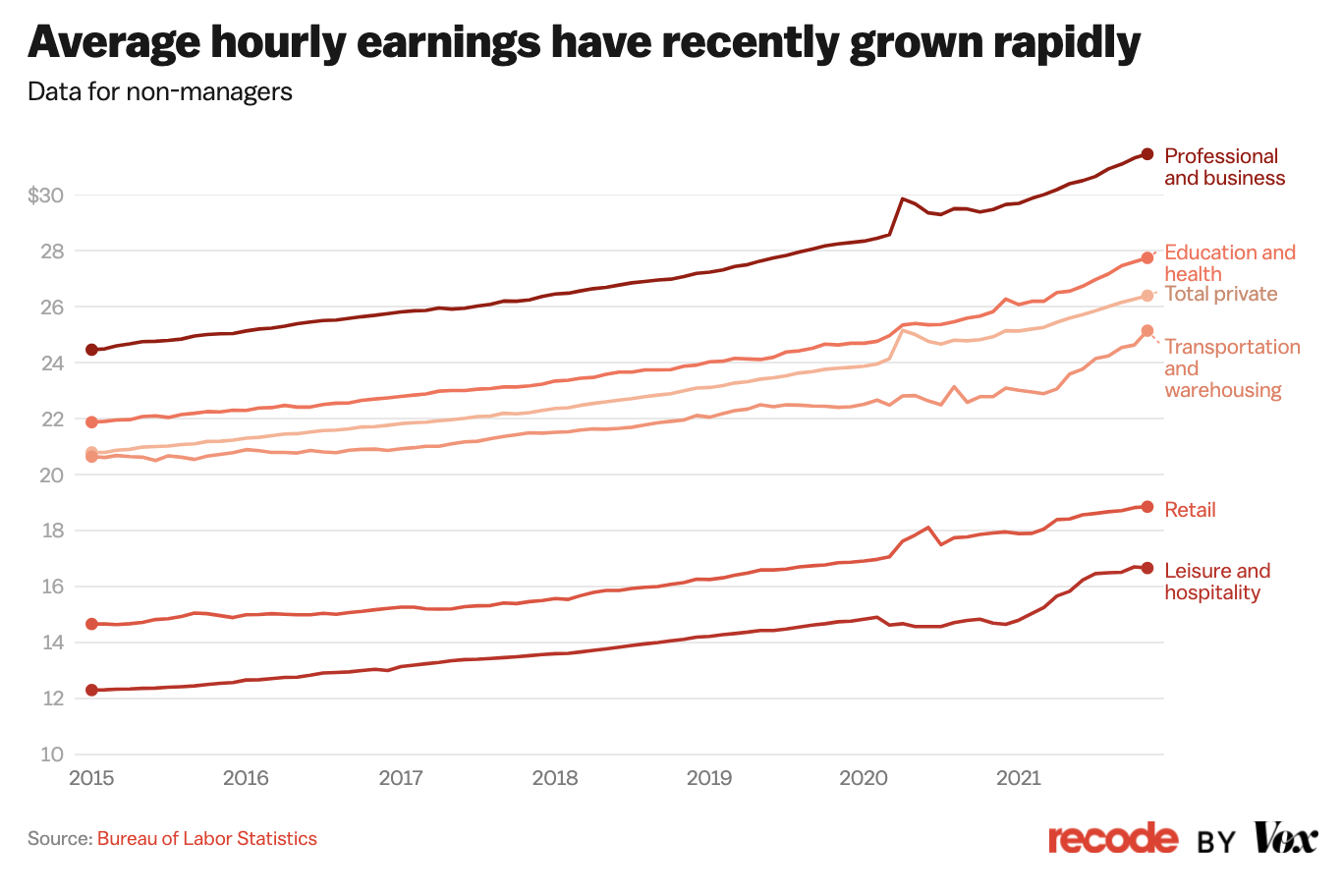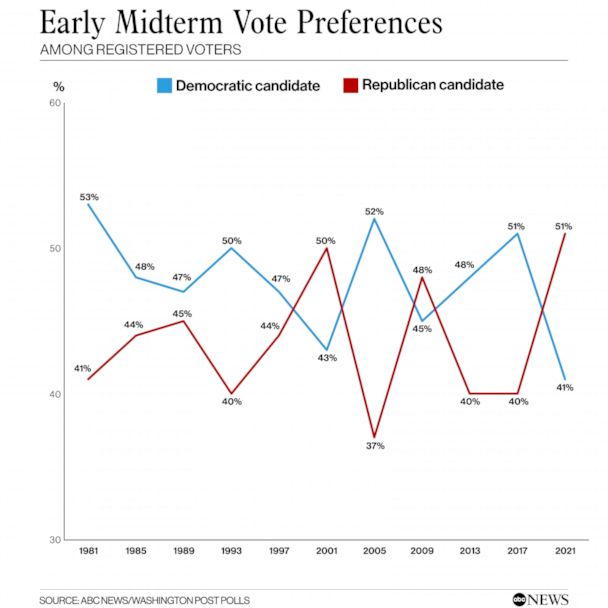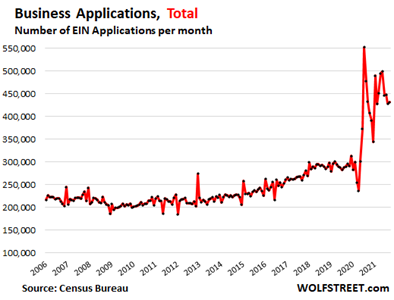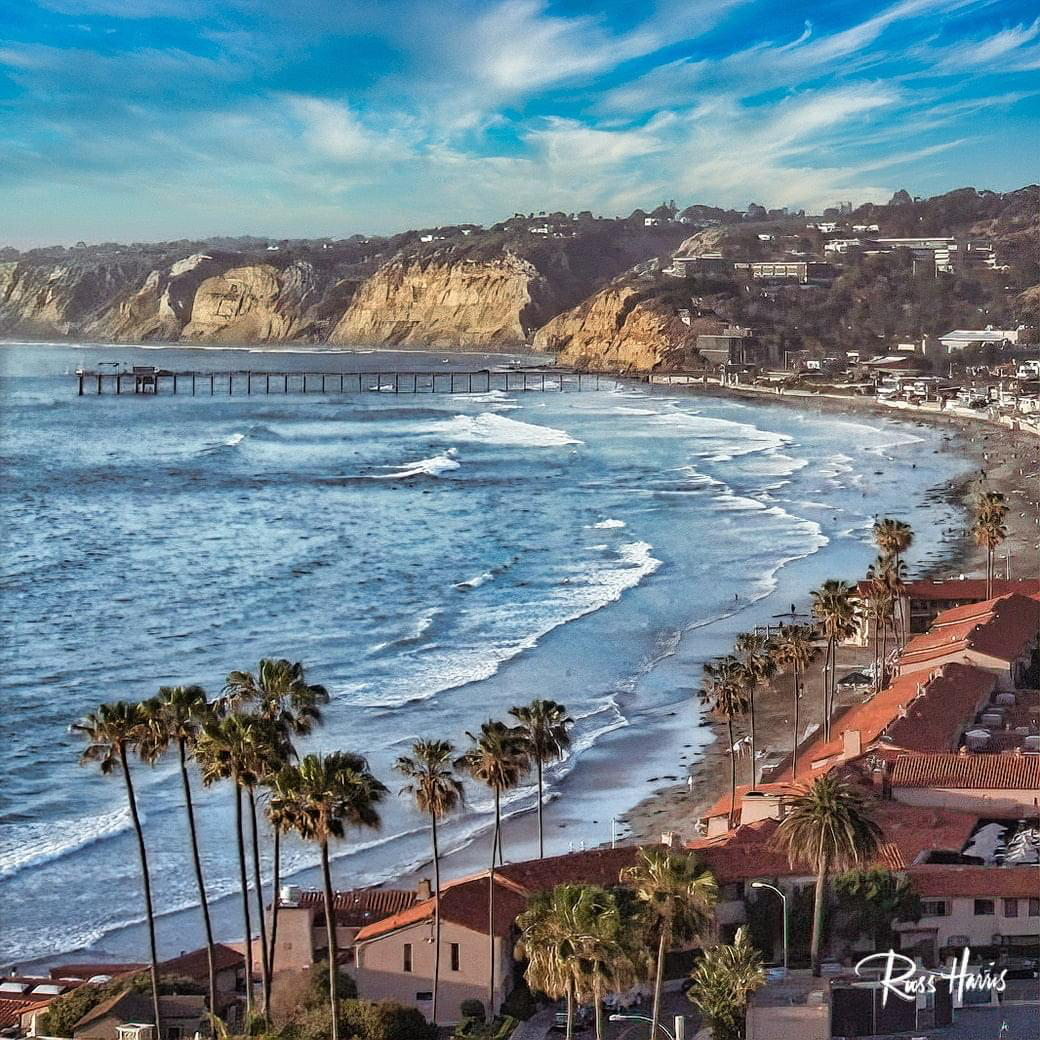The Daily Escape:

Herring Cove, Provincetown MA – February 2022 photo by Karen Riddett
Wrongo and Ms. Right went to the big box store yesterday. Most of the things on our list were out of stock. We also needed to fill the car’s gas tank. Local prices ranged from $3.65 to $3.92/gal. We filled up at the place with the lower number.
This is before any effects of Putin’s War on prices here at home. One product that will be impacted is wheat. Russia is the largest exporter of wheat in the world, and Ukraine is #2. Reuters says that the two countries account for about 29% of global wheat exports. They also say that US wheat futures rose to a 14-year high earlier this week.
The reason is that major wheat exporters aren’t holding as much wheat in storage as they do usually. Wheat stocks are set to fall to a nine-year low of 57 million tons by the end of the 2021/22 season. The news gets worse: If Russia and Ukraine are excluded from those holdings, other major global wheat exporters account for just 16% of the global stock.
That’s enough wheat to feed the world for less than three weeks.
The majority of wheat stock that isn’t in the hands of major exporters is held by China. China’s expected to account for 47% of global inventories at the end of the year. And last Thursday, China started approving imports of Russian wheat that had been blocked for years over Beijing’s concerns about fungus and other contaminants. The countries had announced that China would begin importing Russian wheat and barley shortly after Putin visited China ahead of the Beijing Olympics.
Emptywheel reports that Russia imports a significant portion of the wheat seed it needs for each growing season:
“…where will Russia buy the wheat seed needed? (Depending on source, there’s a disparity in what percentage of wheat seed Russia imports, but it’s between 18-40% depending on spring, hard wheat, or other type.)”
Will Russia purchase seed from China and India? Will those two countries accept rubles? Or will they look to barter for something else in trade, like natural gas?
Ukraine is in an even worse position. Reuters says that Ukraine has confirmed stoppage of its grain exports until the end of the Russian invasion. There is a chance that supplies for the next season from both Ukraine and Russia could also be in jeopardy, pending the duration and outcome of the war.
They also report that Ukraine accounts for 16% of world corn exports. Ukraine and the US are the only world corn exporters until Argentina and Brazil gear up to export their crops. Apparently, Ukraine still has a good deal of its 2021 corn crop to ship, but given Russia’s closing of Ukraine’s access to the sea, that may be problematic.
As the Northern Hemisphere enters spring, grain planting is right around the corner for both Russia and Ukraine. Corn is going in for Ukraine and spring wheat for Russia. It’s highly uncertain how Putin’s War will impact crop production this spring. Russia has yet to plant 30% of its 2022 wheat crop.
Brazil imports wheat because it can’t grow enough for its own consumption. After Trump closed soybean exports to China, Brazil moved land into soybean production for the Chinese market. Brazil could try to increase acreage dedicated to wheat, but new Brazilian acreage comes at the expense of further destroying their forests, a terrible tradeoff.
We are looking at the emergence of a global economic war of attrition brought about by the sanctions regime. The target is Russia, but economic costs will spill over to the rest of the world.
On that note, it’s time to unplug from the terrible news that for the moment, is mostly caused by a terrible country.
It’s time for our Saturday Soother. We can’t escape the cold blustery weather in Connecticut, so it’s another indoors weekend here at the Mansion of Wrong. Let’s start by brewing up a mug of Monarch Estate Gesha ($42/4oz.) from Honolulu’s own Monarch Coffee. The roaster says it has subtle, sweet flavors of berries, mango, honeydew, apple, and pear. Note the price. Coffee prices have spiked along with many other items.
Now grab a seat by a big window and listen to Hauser performing the cello solo in “Adagio” by Albinoni, accompanied by the Zagreb Philharmonic Orchestra in Zagreb, Croatia in 2017. This weekend, given the tragedy in Ukraine, it’s nice to listen to music that transports us to a place where there’s peace:




